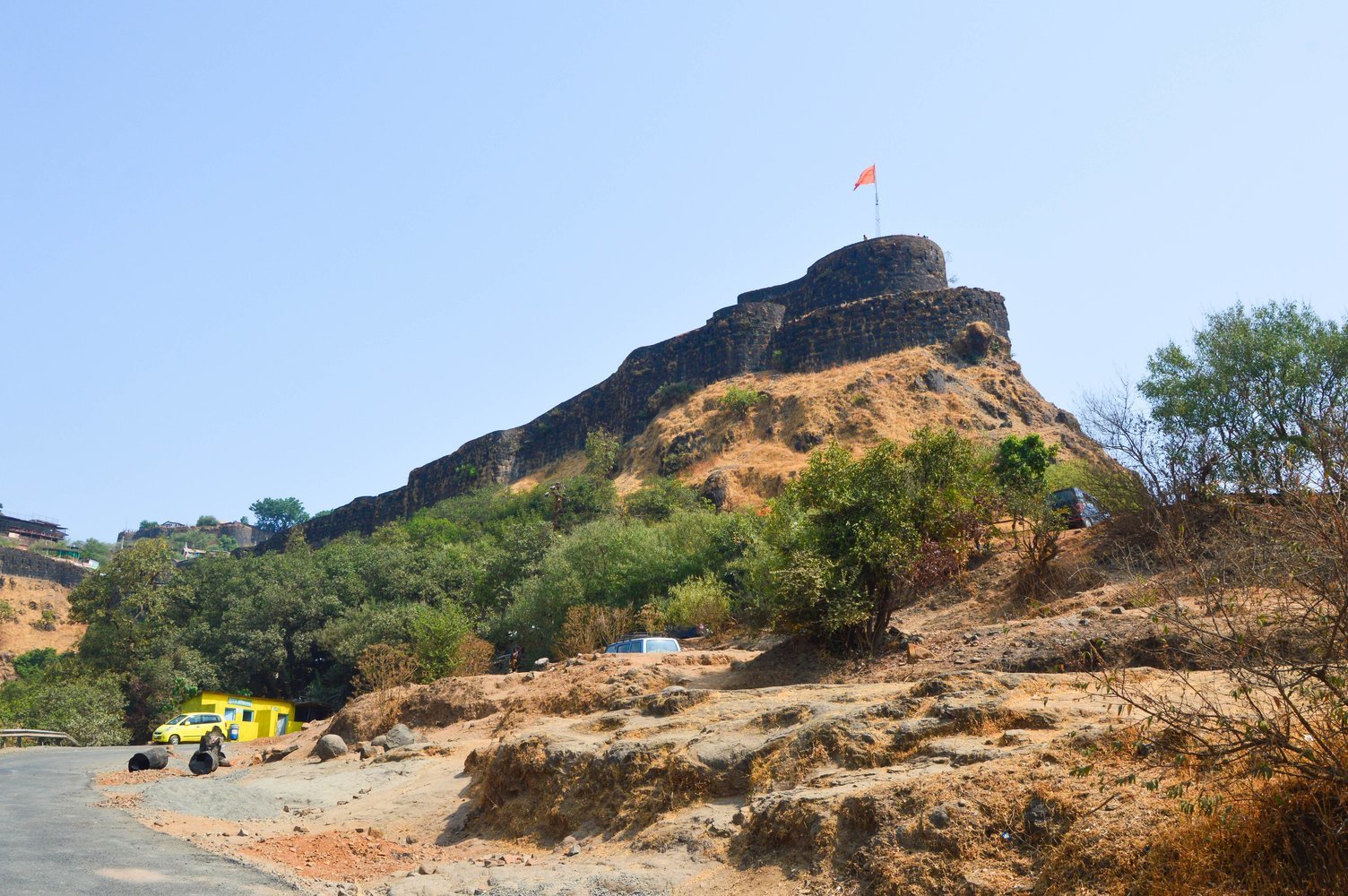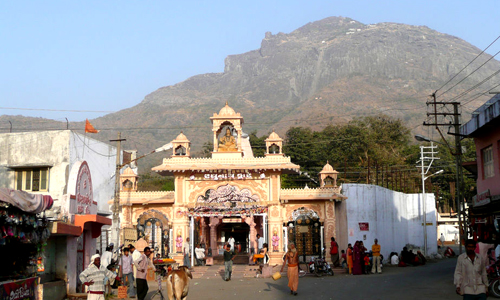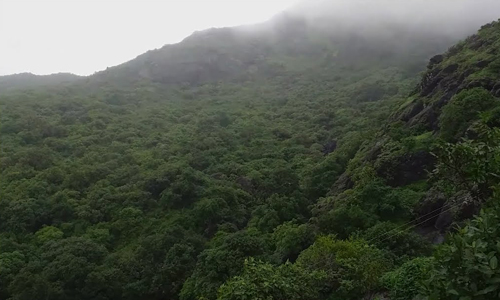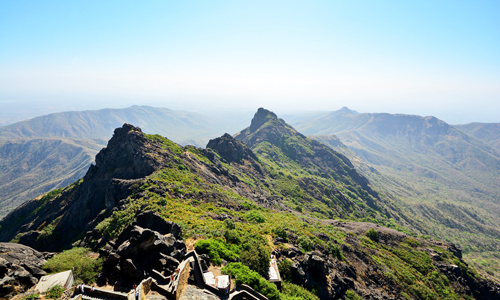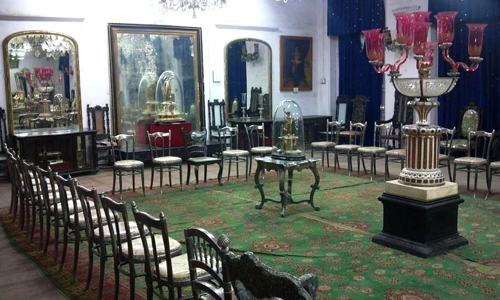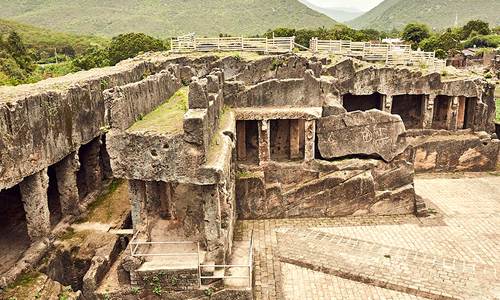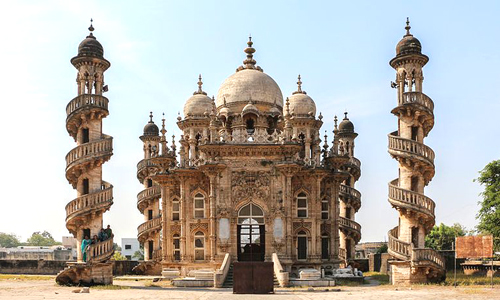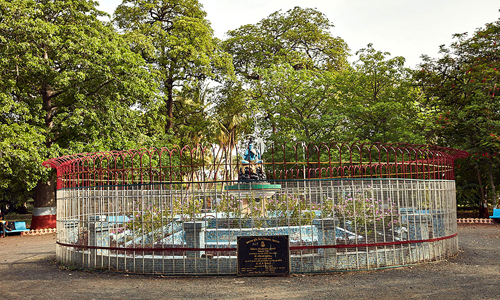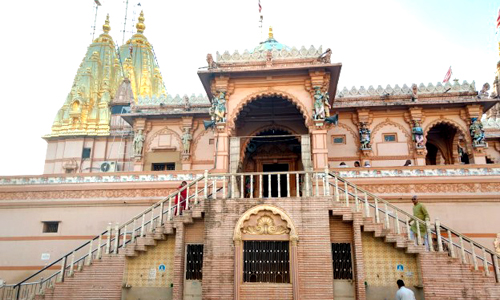The Uparkot Fort is thought to have been made in 319 BC. It was made by the Mauryan emperor Chandragupta, however it has been expanded numerous times. The ramparts can be up to 20 metres high in some locations. The fort has been besieged 16 times, and according to mythology, it once withstood a 12-year siege.
The views over the city and east to Girnar Hill are beautiful. You can also see within its walls a magnificent former mosque, old Buddhist caves, and two step-wells. The fort features two superb step-wells, both cut from solid rock. The fort is one of the best places to visit in Junagadh.
History
The fort was built in 319 BC. The main architecture work of the fort was by Chandragupta. You can also do a small portion of the architecture work of other rulers as well. The portion above the gate was written by Manadalika III in 1450.
Tourists can also see a cannon, 17 feet long. It came into the fort from Diu, left by the Ottoman Turks. The Turks left it after the defeat in Siege of Diu in the 16th century.
What is the old name of Uparkot Fort?
Uparkot Fort of Junagadh Uparkot is a very old fort that gives the city its name (Jirna meaning old). It is on the eastern side of Junagadh and has been repaired and expanded numerous times over the years. Chandragupta Maurya built the fortress around 319 BC.
What is the specialty of the entrance of the Uparkot Fort?
The entrance gate is an example of magnificent architecture. There is a Jama Masjid, some weaponry on display, Buddhist caves, Adi Kadi step well, Navghan well with stairs leading down, historic grain storages, and a massive water tank built by the Nawab.
In which city is Uparkot Fort?
The Uparkot Caves, also known as Uparkot Caves, are old man-made caverns. The caves are part of the Junagadh Buddhist Cave Groups, located in the eastern section of Junagadh in the Indian state of Gujarat. A Fort Worth visiting during the Junagadh tour package.


